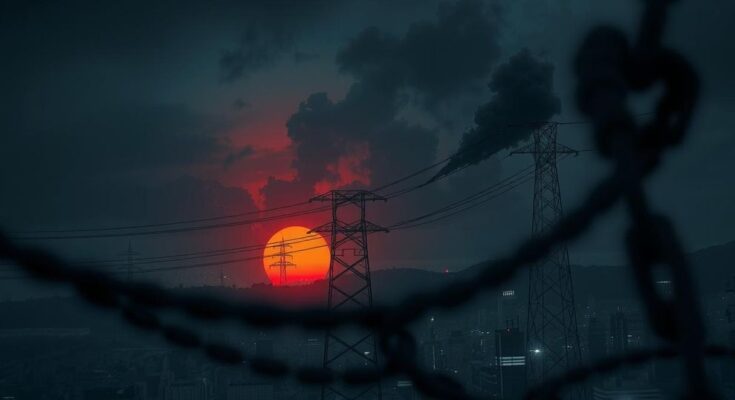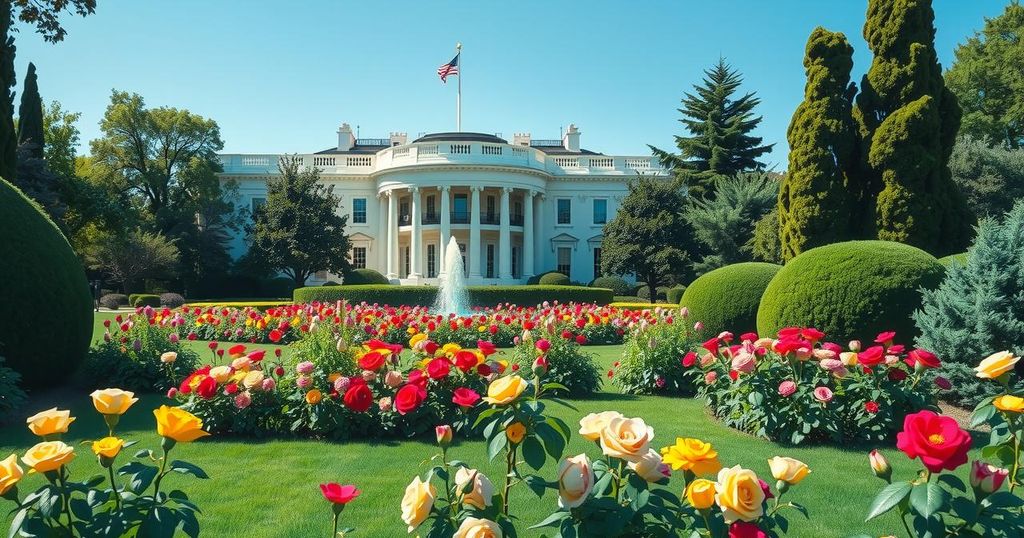Protests erupted across Iran on February 14, 2025, due to severe power outages and economic hardships, with demonstrators in cities such as Tehran and Isfahan demanding accountability from the government. As citizens express their frustrations, the regime faces growing pressure amid worsening conditions and increasing public unrest.
On February 14, 2025, widespread protests ignited across several Iranian cities, driven by severe power outages and escalating economic challenges. Demonstrations were observed in Tehran, Karaj, Bushehr, Isfahan, and Hormozgan, where protesters voiced strong discontent with the ruling regime, demanding accountability from government officials.
The ongoing electricity crisis has intensified public frustration, with significant blackouts affecting daily life and business operations. Residents in cities like Chahardangeh and Khorramdast expressed their anger towards the government’s inability to solve these power shortages, which have severely impacted their livelihoods amidst cold weather.
During a controversial visit to Bushehr, President Masoud Pezeshkian faced vehement opposition from demonstrators. Protesters utilized social media to share videos of their protests, chanting slogans like “Pezeshkian, get out of Bushehr” and criticizing his record of over 780 executions, demanding his resignation.
In Isfahan, pharmacists staged protests in front of the Social Security Organization, calling attention to unpaid wages and supply chain issues. Their chants, including “Empty promises are enough, our accounts are empty,” underscored their urgent need for financial support and resolution of these matters.
Oil industry workers in Hormozgan also protested against unfair wage practices, pushing for necessary reforms in job classifications and the management of pension funds. Their demands included equitable wages for new employees, fairer distribution of benefits, and the cessation of pension fund mergers.
Nightly protests in Ekbatan, Tehran, and Karaj featured chants such as “Death to Khamenei” and “From Dehdasht to Tehran, my life for Iran.” These protests, often ignited by power cuts and economic issues, demonstrate a growing pattern of unrest, with videos showcasing the fervor of demonstrators blaming Khamenei for their suffering.
Discontent has spread beyond major cities; citizens in Shiraz, Yazd, and other locations have similarly protested against persistent power outages and ineffective governance. In Arak, protests focused on severe air pollution, as residents demanded their rights and justice.
As the economic crisis continues to worsen, Iran confronts an ever-growing wave of protests, with multiple provinces facing energy shortages. The government’s inability to propose viable solutions has created a highly unstable situation, with the potential for larger, unified demonstrations looming on the horizon.
The protests in Iran, sparked by power outages and economic difficulties, illustrate widespread public discontent with the ruling regime. Diverse groups, including students, pharmacists, and oil workers, are voicing their grievances and demanding accountability and reform. As unrest spreads across the country, the government must address these crises promptly to avert further escalation of protests.
Original Source: www.ncr-iran.org




